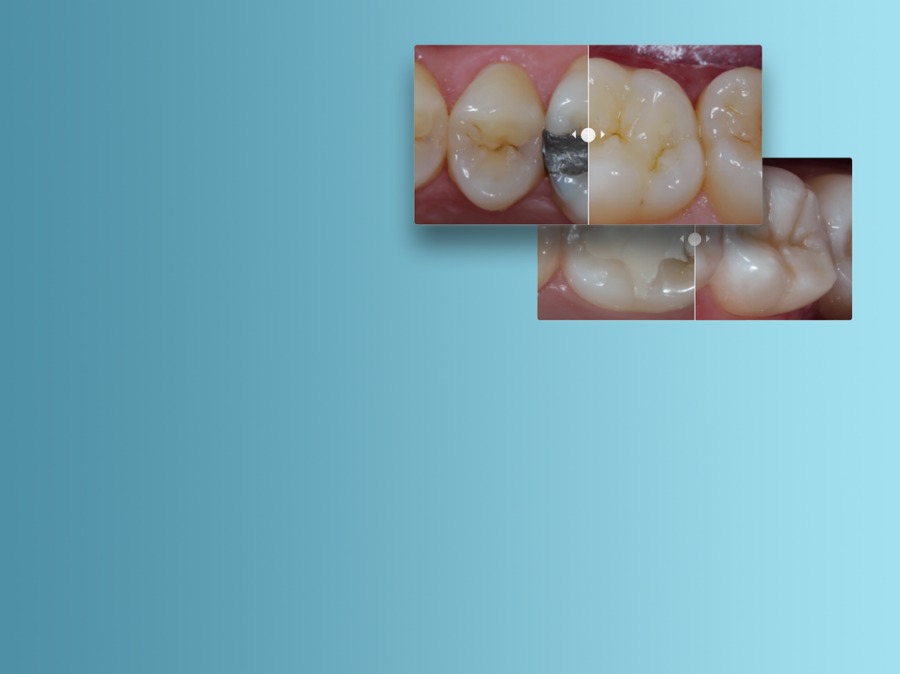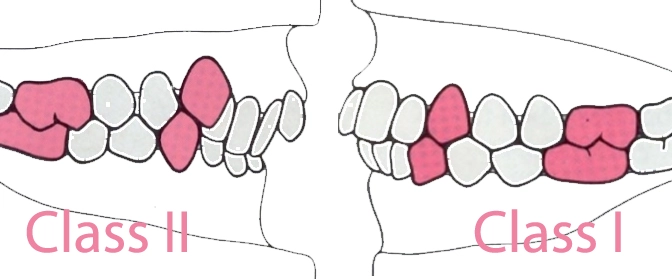What is a class I, class II or class III bite? - Instituto Maxilofacial

By A Mystery Man Writer
Classification of the bite (occlusion) is divided into three main categories: Class I, II and III. This classification refers to the position of the first molars and the way in which the upper ones fit together with the lower ones. This is important because the

Orthognathic bimaxillary surgery. Case # 67: Ivan- Class III bite, maxillary hipoplasia

Anterior forward displacement of the mandible due to interferences causes anterior cross bite, which is a characteristics of pseudo-Class

Orthodontic-surgical correction of a class III malocclusion through a surgery-first protocol: case report - ScienceDirect
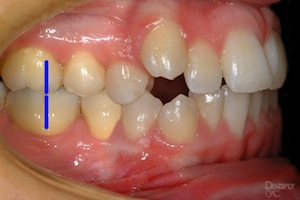
Bite Classification, Petaluma Orthodontics, Petaluma, CA
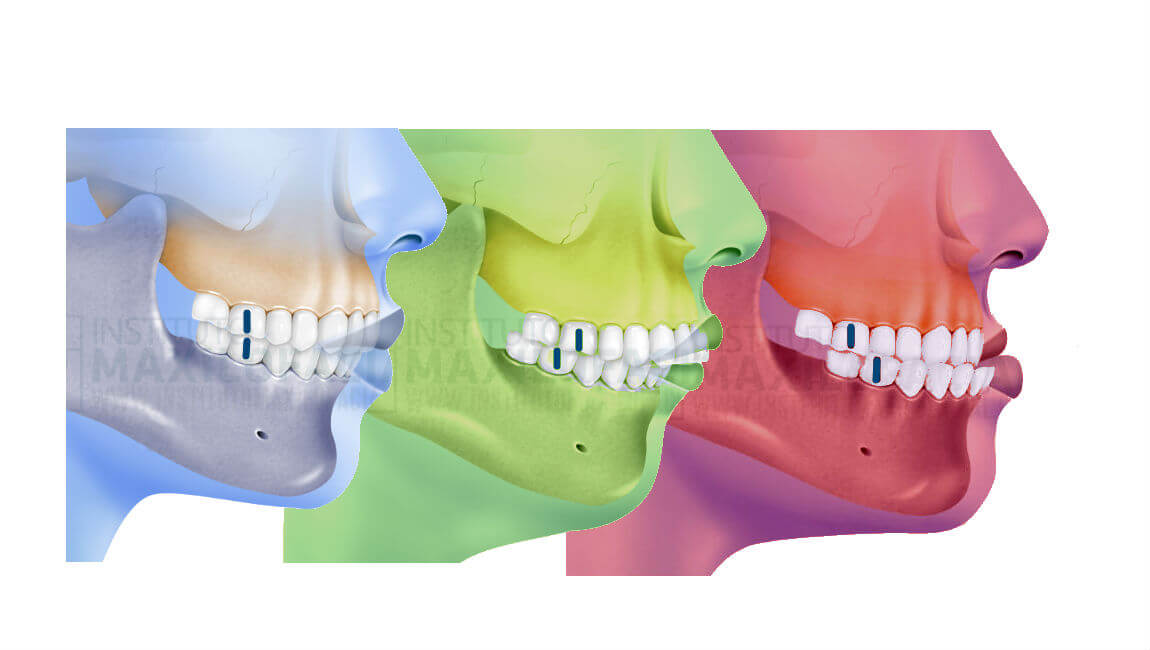
What is a class I, class II or class III bite? - Instituto Maxilofacial

PDF) Bimaxillary orthognathic surgery for correction of dentoskeletal deformity: Case report

What we talk about when we talk about class I, II and III in orthodontics - Vélez & Lozano

Skeletal classification was based on cephalometric and dental criteria.

i.ytimg.com/vi/keCo7s1yj0g/maxresdefault.jpg

XAVI: Class II, mandibular hypoplasia - Bimaxillary advancement, mentoplasty, septoplasty

Anterior forward displacement of the mandible due to interferences causes anterior cross bite, which is a characteristics of pseudo-Class

Early Class III treatment with a hybrid hyrax-mentoplate combination.

Bimaxillary orthognathic surgery. Case # 18: Sandra - Class 3
Bite Classifications – ClearCorrect Support
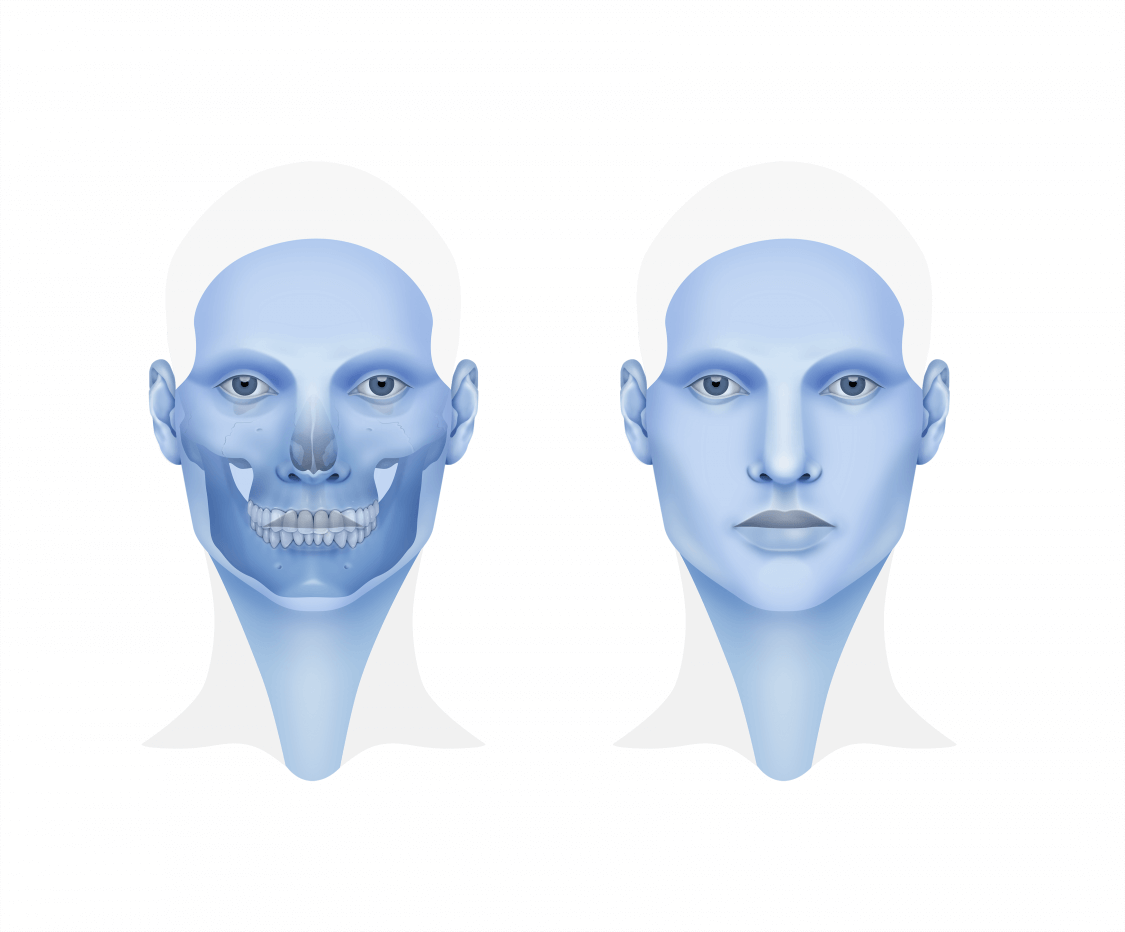
Orthognathic Surgery - Instituto Maxilofacial

